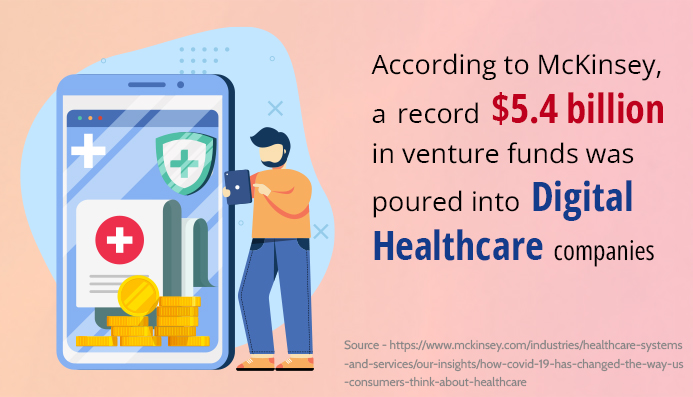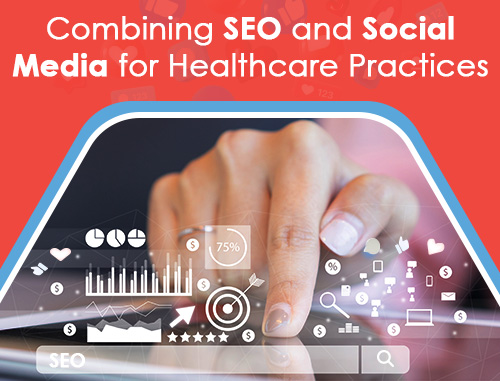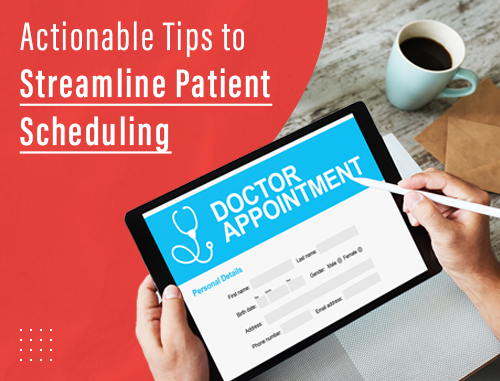How to Stay Patient Centric While Marketing in Healthcare Industry
Posted on
In case you haven’t been paying attention, the healthcare industry is going through a period of rapid change driven primarily by the consumerization of healthcare. Doctors are learning that they need to come down off their pedestals and patients are realizing they need to become more active and take better control of their health decisions.
Deloitte predicts that by 2040, consumers, not health plans or providers, will decide when, where, and with whom they engage for healthcare and wellness services. By then, all health information will likely be accessible and shared by patients themselves.
“Our research shows that companies should not only embrace this enterprise-wide approach of embedding patient-centricity efforts but prepare to participate in an emerging ecosystem where disease foundations, patient advocacy groups, health plans, health systems and physicians, regulators, competitors, and technology and wellness companies are all better connected so that the patient is at the center.
“Companies that are unable or unwilling to deepen these collaborations could find it difficult if not impossible to participate in a future healthcare system that is driven by empowered and informed patients,” says Deloitte.
In a world where the consumer is increasingly more empowered, health and life sciences organizations must adopt a wide range of patient-centered approaches as they are presented by this emerging ecosystem.

Following the Money
Venture capitalists can’t support these changes fast enough. For example, in the first half of 2020, according to McKinsey, a record $5.4 billion in venture funds was poured into digital healthcare companies. On-demand healthcare services and disease monitoring are currently the top-funded value propositions. Healthcare systems are going patient-centric, too. For example, in 2019, the UK’s National Health Services announced their long-term plan, which included a comprehensive model for personalized healthcare that offers consumers greater autonomy over their health and care tailored around their exact needs.
Earning Consumer Trust
As it stands today, most healthcare players have a long way to go in earning the trust of empowered consumers and building better rapport with them. To compete in this new paradigm, they should be delivering patient centric marketing strategies, better health outcomes, support for healthy patient behaviors and improved patient experiences.

Why then is it so hard for the world’s single most human-centered industry to actually be human centered? Here are a few possible answers:
“That’s not how we do it here.”
This is also known as everyone’s favorite excuse for not changing.

The healthcare industry still loves the sound of its own voice. According to Mark Crow, president of Tenth Crow Creative, “For generations, society has placed doctors in a position of authority; conversations between physician and patient has been paternalistic and one-directional.” Since doctors are the key decision makers in healthcare organizations, this communication model has also spilled over into their marketing communications.
But in the age of the patient/consumer, that model will no longer work. It’s time to reflect on this changing dynamic between patients and healthcare providers.
In this new world order, healthcare industry marketing professionals must step up as translators between healthcare providers and the patient communities they serve. Healthcare marketers must listen to and understand healthcare audiences and create messages that resonate with them.
Magical thinking: just what the patient ordered?
In one Deloitte study, a biopharma giant discussed a research project that involved the collection of passive movement data through wearable devices. When patients moved around, researchers assumed they experienced fewer symptoms. Until one of them, a writer, said that whenever she felt better, she was able to sit down and write. For her, inactivity equaled a better health outcome, which refuted the researchers’ theory.
The critical truth for healthcare companies and marketers is that involving patients in making and marketing health services is not what makes an organization patient centric. What makes a health organization patient-centric is actively trying to understand and address the needs of patients as people instead of research subjects, sufferers of certain conditions, or data points on an Excel chart.

Have you mapped out patient journeys and the emotions, behaviors, and struggles that occur throughout them? Do you understand the unmet social needs that might exacerbate or cause their symptoms? What about the health literacy barriers they might face when trying to interpret their doctors’ instructions? Do you share these insights across healthcare teams and translate them into day-to-day actions and priorities? These are just some of the questions healthcare practices looking to evolve patient-centricity need to ask themselves.

Patient-centricity might start with patients but it certainly doesn’t end with them. In a perfect world, it should be an industry-wide effort that requires close cooperation between life and health sciences companies, their competitors, healthcare regulators, physicians, and other clinicians, patient advocacy groups, and community health workers.
Sometimes it’s a matter of perspective. As a physician, you may be focused on a patient’s white blood cell count while the patient is focused on the fact that they want to stop itching so they sleep better at night. The patient cares less about their white cell count and more about overcoming a specific health problem to make their life better.
“You can’t manage what you can’t measure.”
What do you measure in a world where you can pretty much measure everything? When it comes to assessing patient value, this question is growing more complex by the day. You can look at short-term and long-term metrics, vanity, and ROI-based varieties, as well as the metrics that measure engagement and those that focus on efficacy and patient impact.

While there’s no consensus regarding what you should measure, some experts swear by using soft metrics. They want to know how their communications make their patients feel. If the tools or tactics they use to make something easier are working, are they meeting patients’ needs and how can they keep improving?
When it comes to patient-centricity key performance indicators (KPIs), patient engagement activity is a must-have. This can range from initiatives that bring individual healthcare employees closer to your patient POVs to developing roadmaps for engaging with patient communities. Tying patient engagement requirements to KPIs is resonating across some organizations. By connecting patient activities to every member of your team and giving your team flexibility without being prescriptive, you can move your practice more quickly toward patient-centricity.
Becoming a More Patient-Centric Healthcare Practice
If your goal is to become a more patient-centric healthcare practice, you’ll need more patient-centric marketing strategies. You’ll need to maximize the value of your online healthcare reviews including generating more positive patient reviews for doctors and staff. You’ll need to focus your messaging on what matters to patients rather than what’s important to you.
Make sure your website is written for patients in their language with content that is relevant to their lives. Make sure when you blog that you are choosing topics that patients and prospects have expressed interest in. When you consult with patients, let them talk about their symptoms and concerns. Make it a conversation rather than a lecture. Most of all, listen to them and let them know they’re being heard.
If you need more patient-centric marketing strategies, look to the healthcare marketing experts at Practice Builders. To learn more, visit practicebuilders.com or call 855-898-2710.

 Combining SEO and Social Media for Healthcare Prac..
Combining SEO and Social Media for Healthcare Prac.. The Best SEO Tools for Boosting Your Website Traff..
The Best SEO Tools for Boosting Your Website Traff.. Actionable Tips to Streamline Patient Scheduling
Actionable Tips to Streamline Patient Scheduling